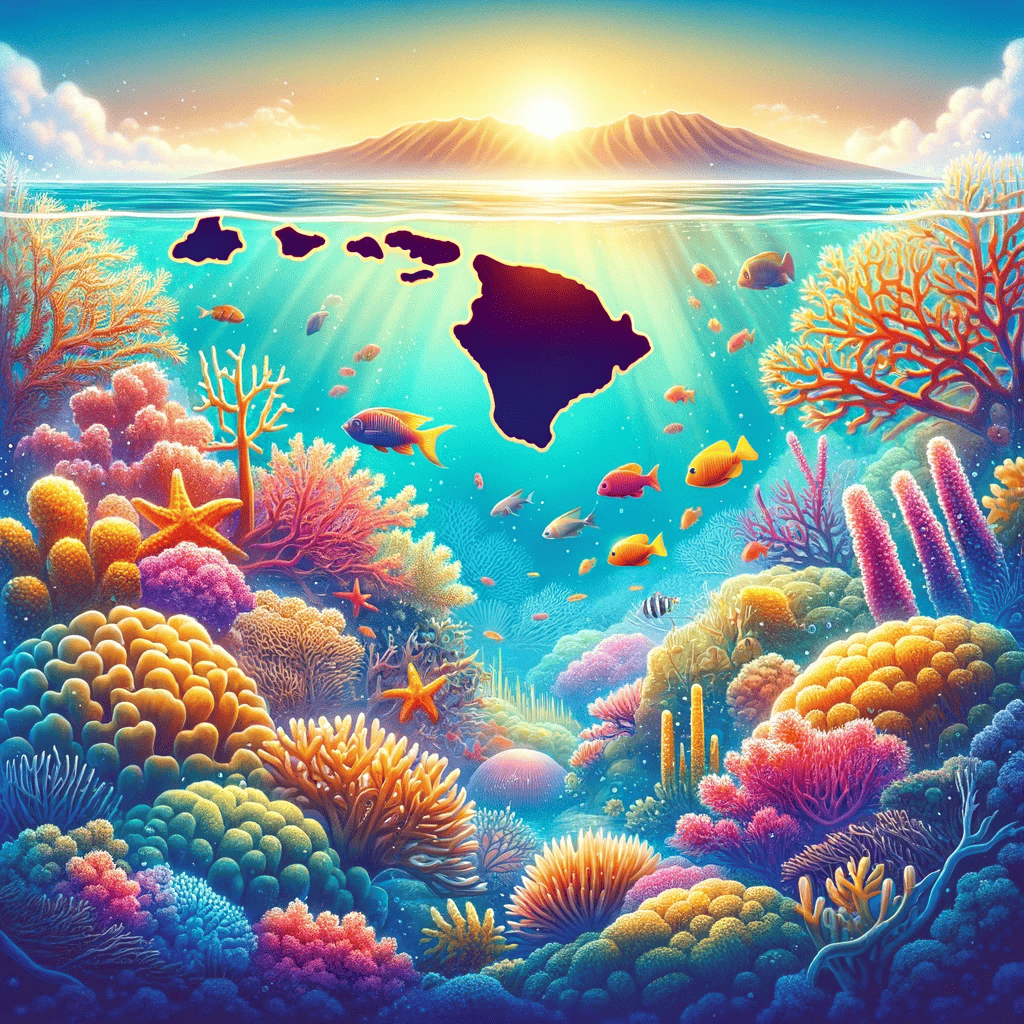Introduction to Hawaii’s Coral Reefs
In the vast Pacific Ocean, Hawaii’s coral reefs stand as a testament to natural beauty and ecological importance. These “rainforests of the sea” are not only visually stunning but are crucial to the marine ecosystem, providing a haven for a diverse range of marine life.
The Unique Ecology of Hawaiian Reefs
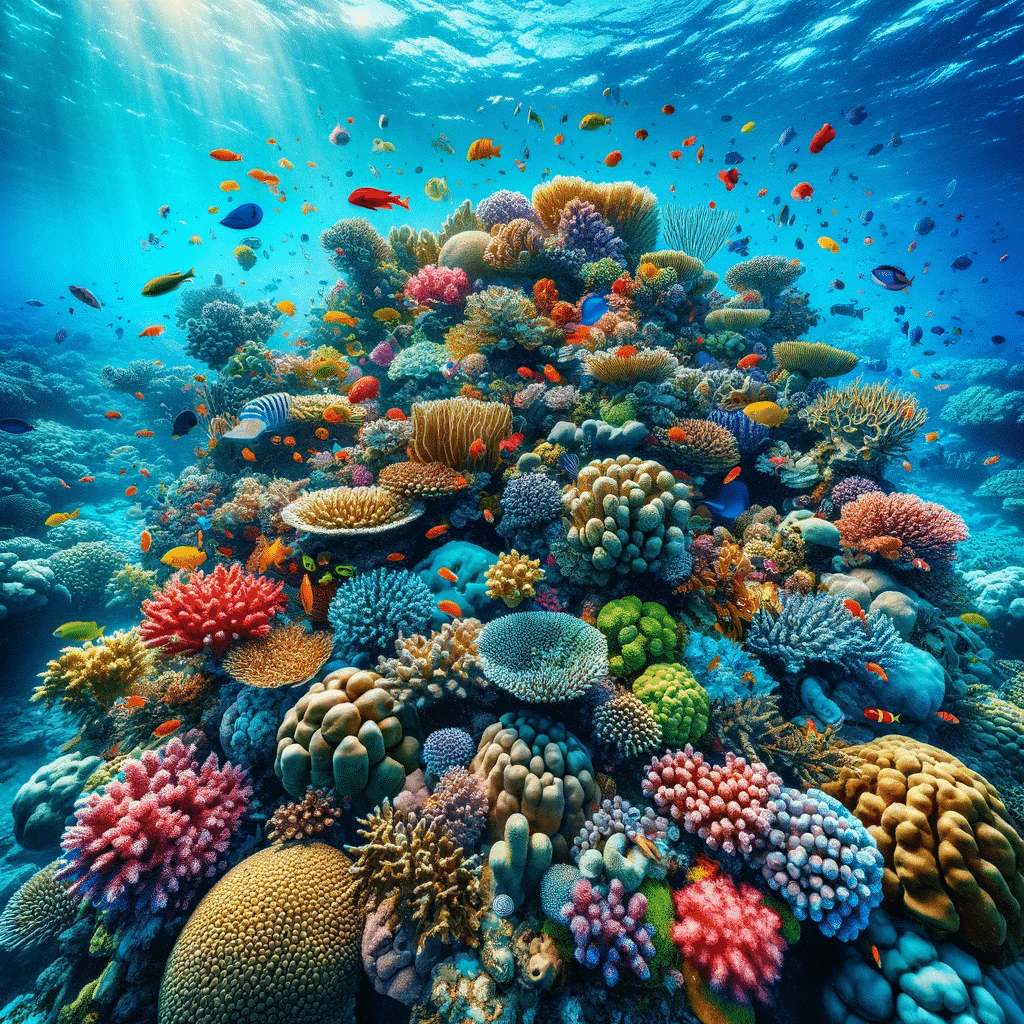
Hawaii’s coral reefs, stretching over 1,200 miles, are distinguished by their high level of endemism. Approximately 25% of the fish in these reefs are unique to the Hawaiian Islands. These ecosystems serve as vital habitats, offering nourishment, shelter, and breeding sites for various marine species.
Threats to the Reefs
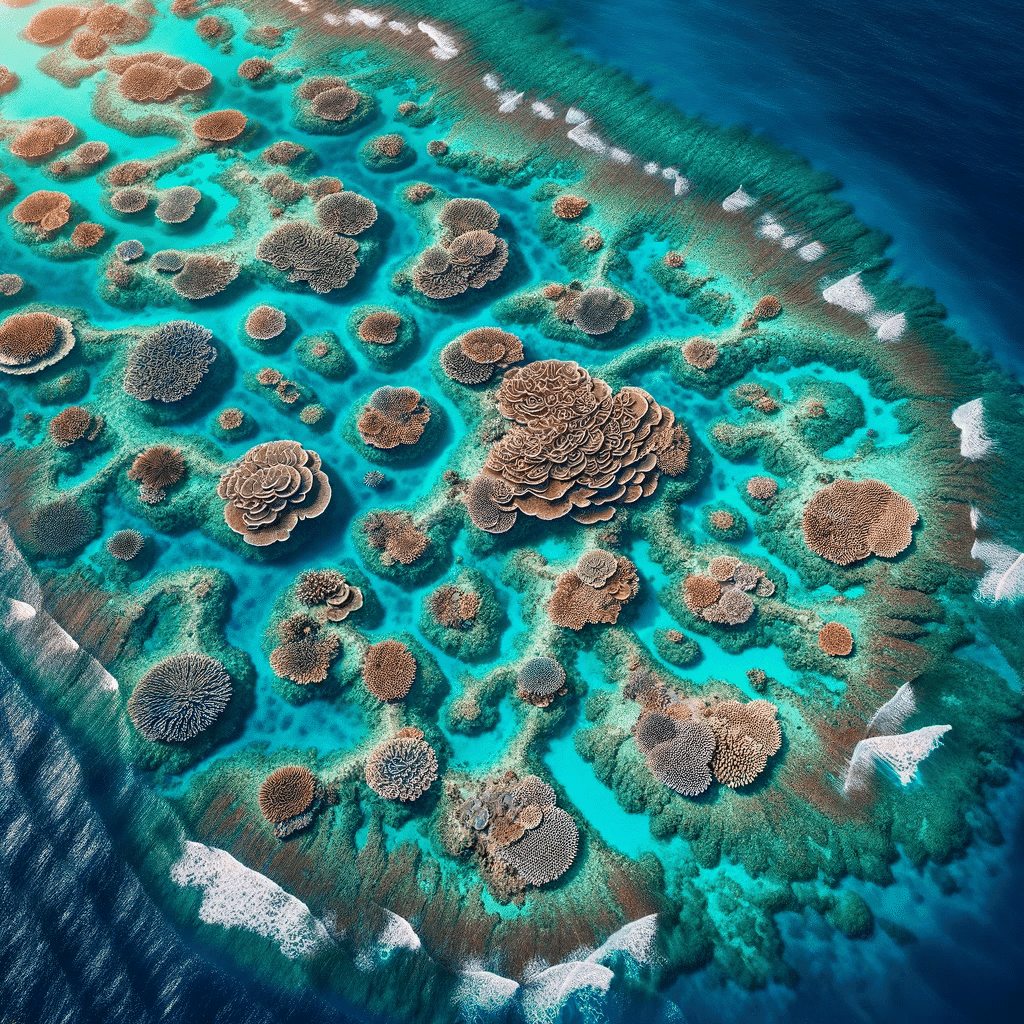
Climate change, with its rising sea temperatures, leads to widespread coral bleaching, severely stressing these delicate organisms. Ocean acidification, another grave concern, hinders corals’ ability to build their skeletons. Human activities, including overfishing and pollution, further exacerbate the reefs’ decline.
Conservation and Restoration Efforts
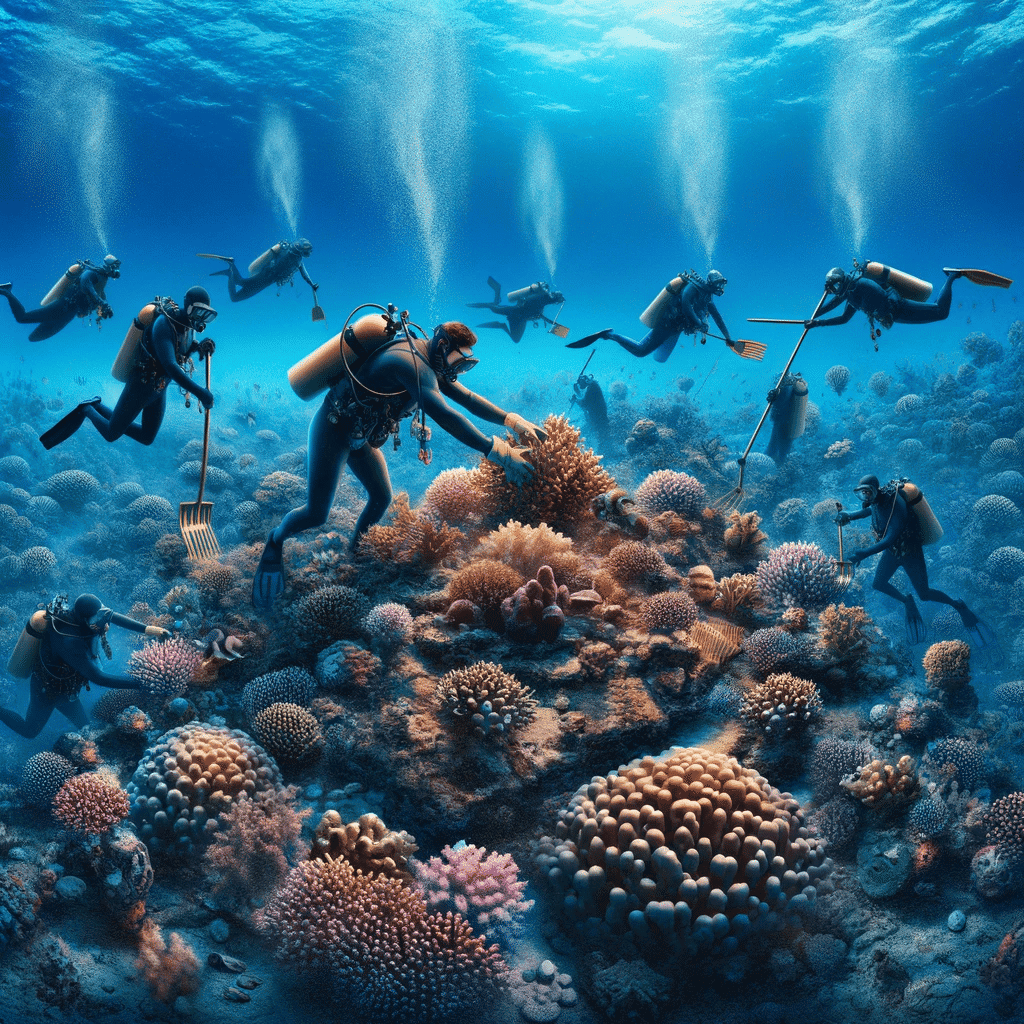
Marine protected areas (MPAs) and coral restoration projects play pivotal roles in the conservation of Hawaii’s coral reefs. Education and awareness campaigns aim to instill responsible behaviors in both locals and tourists.
Table of Coral Reef Characteristics
| No. | Characteristic | Description |
|---|---|---|
| 1 | Biodiversity | High species diversity, including unique fish and invertebrates. |
| 2 | Structure | Composed of calcium carbonate structures built by corals. |
| 3 | Habitat | Provide habitat for a large number of marine species. |
| 4 | Endemism | Contains species unique to Hawaiian waters. |
| 5 | Symbiosis | Corals have a symbiotic relationship with algae (zooxanthellae). |
| 6 | Sensitivity to Temperature | Vulnerable to changes in water temperature. |
| 7 | Impact of Ocean Acidification | Acidic waters affect their skeletal building process. |
| 8 | Ecological Importance | Crucial for marine ecosystems and coastal protection. |
| 9 | Threats from Human Activities | Impacted by overfishing, pollution, and climate change. |
| 10 | Conservation Status and Efforts | Subject to conservation efforts including MPAs and restoration projects. |
Conclusion
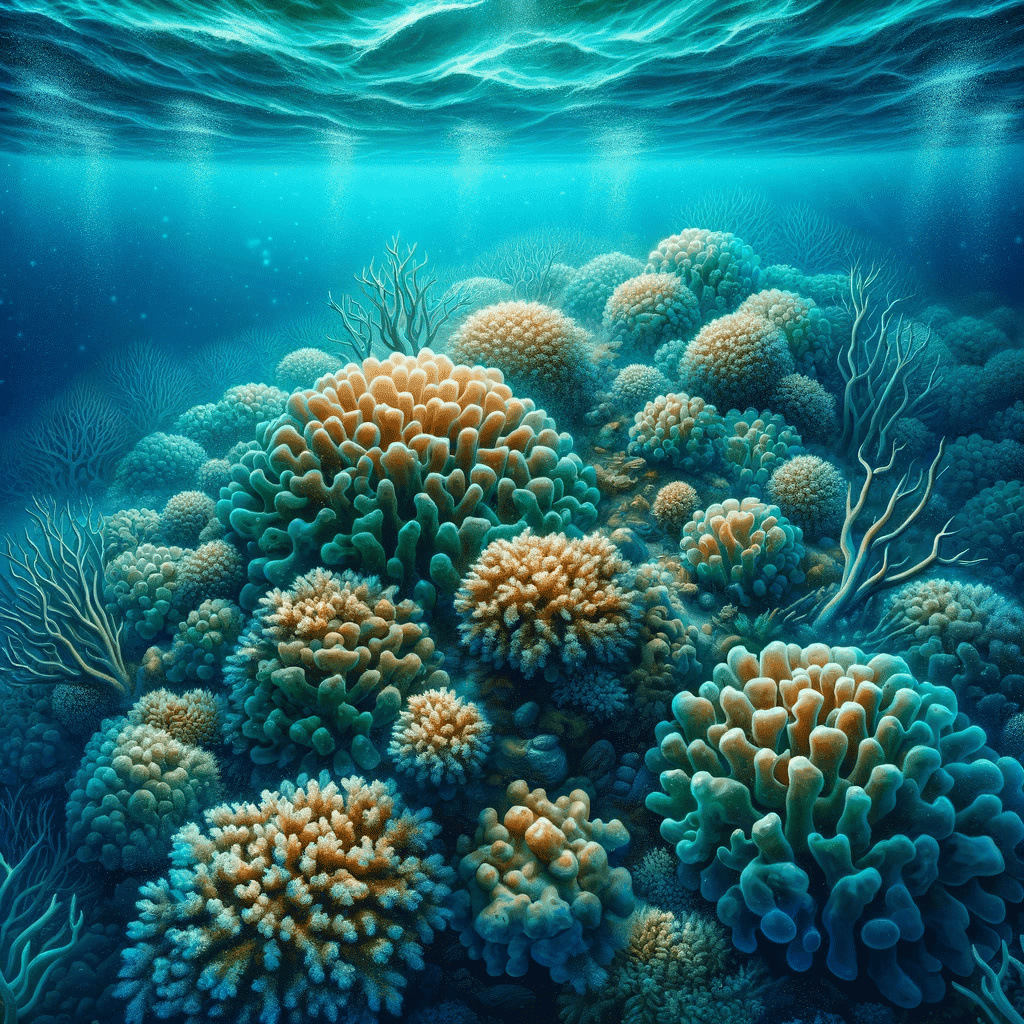
Hawaii’s coral reefs are in a precarious situation, facing threats from both natural and human-induced factors. However, there is hope. Through dedicated conservation efforts, responsible tourism practices, and global action against climate change, these majestic underwater worlds can be saved. Protecting Hawaii’s coral reefs is not just about preserving their beauty; it’s about maintaining a critical ecological balance essential for our planet.
Up next:
The Delicate Balance of Coral Reef Ecosystems and the Role of Titan Triggerfish
Drastic Measures Scientists Take to Save Coral Reefs
Join our Forum for free today!

- The Kleptomaniac Cat That Rules Houston - July 20, 2024
- Elephant Makes a Lifelong Friend at Sanctuary in Tennessee - July 14, 2024
- Evidence For World’s Oldest Fossilized Forest Discovered in New York - July 11, 2024

